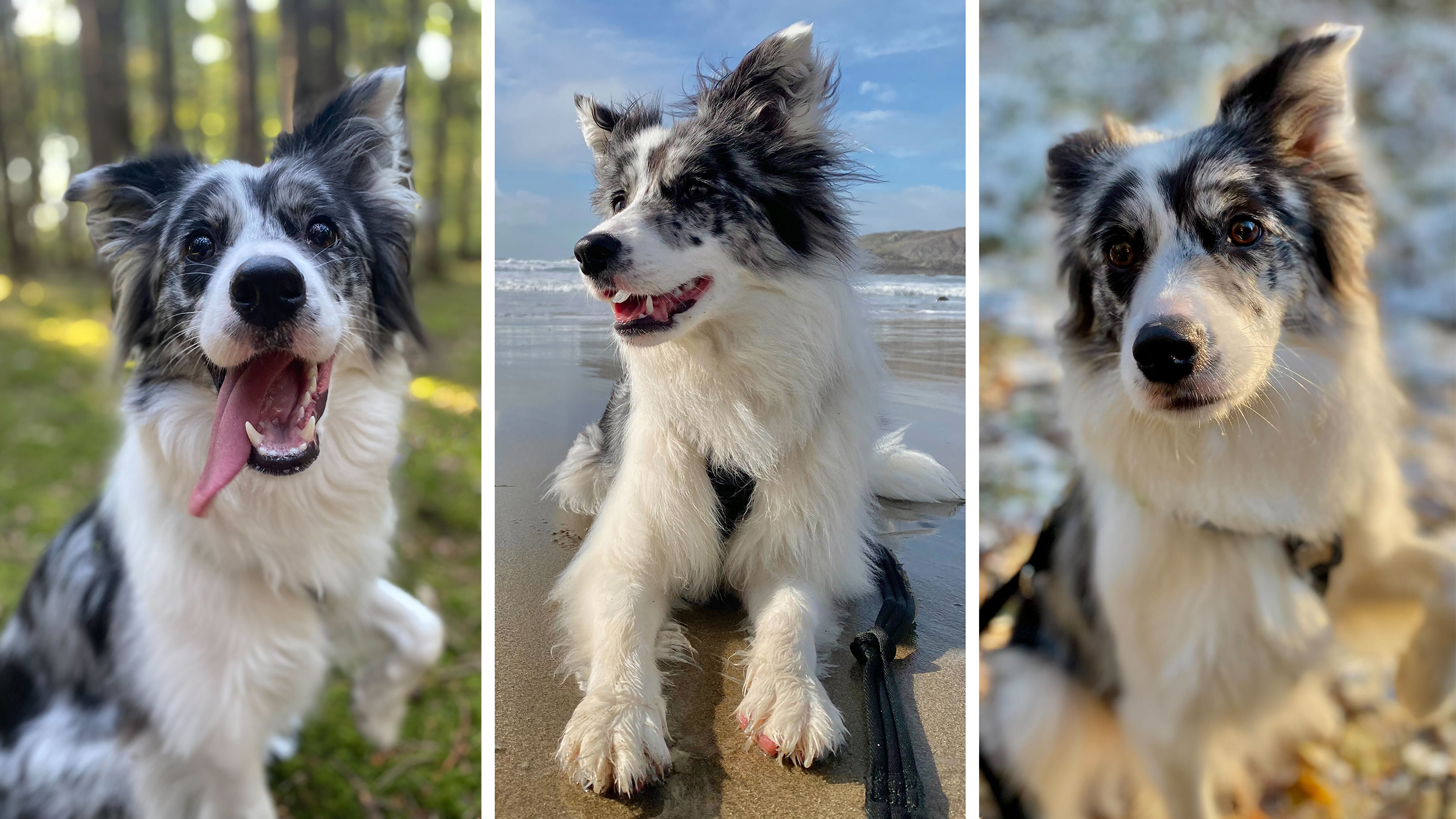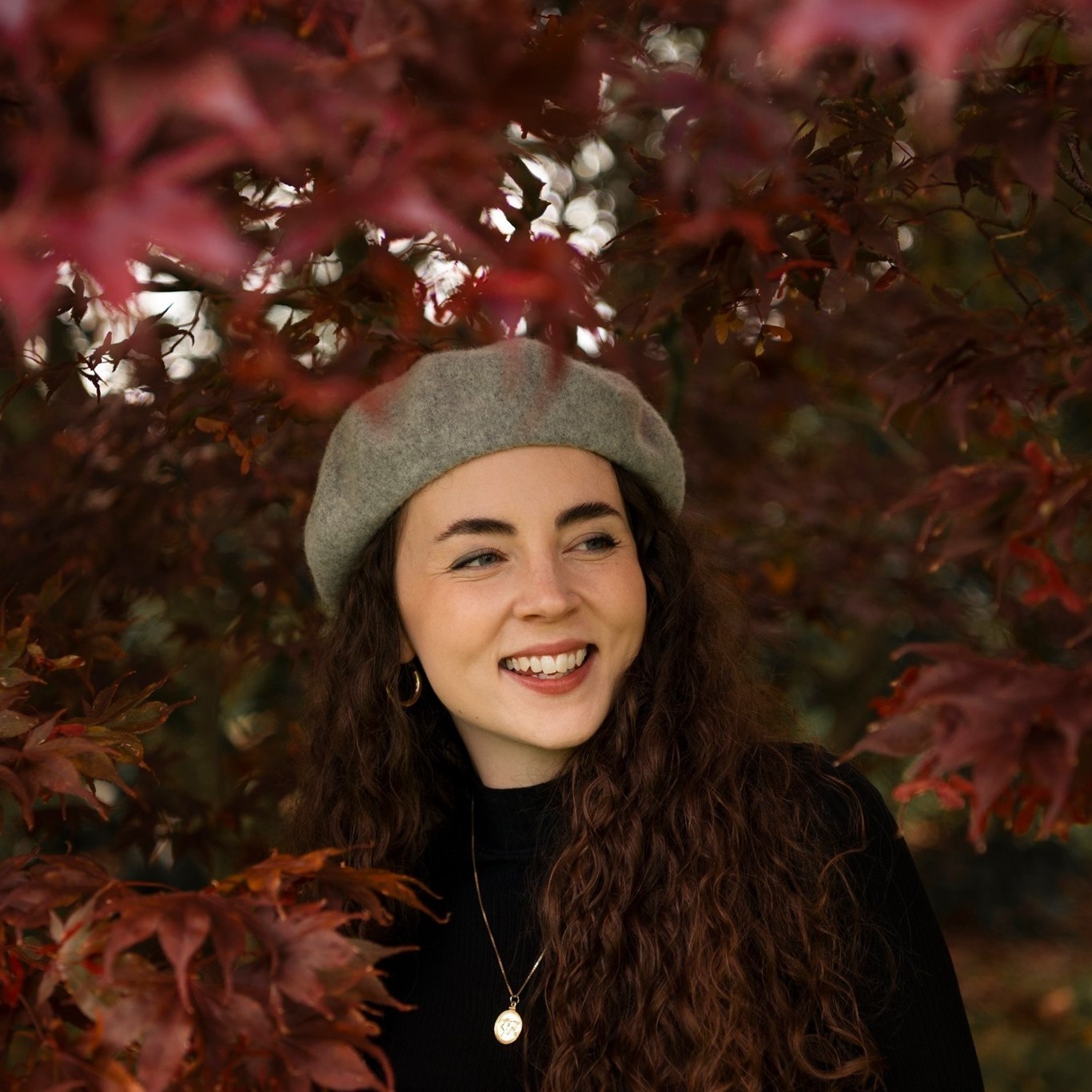This is how I trained my dog to pose perfectly for pictures
I’m a trained photographer and this is how I taught my dog to pose for the camera for picture-perfect photos

Ever since I brought home my border collie Fenwick, she’s been a permanent fixture on my phone lock screen. However, I’m not ashamed to say that I’m pretty discerning when it comes to taking a good photo of my dog. All the blurry, top-down pictures of Fenwick sniffing something random on the floor will never see the light of day – but I’ve got plenty of beautifully-lit, nicely-posed portraits that I’ll happily show anyone and everyone.
As someone who’s been a photographer since they were 16, who has an entire Instagram account for their photography, and who has previously worked for a photography magazine, you can be sure that one of my first priorities when getting a dog was to make sure that I took plenty of great photos! However, there’s a reason that the old adage of ‘never work with kids or animals’ exists – dogs couldn’t care less that you’re trying to get a nice photo, and they won’t cooperate unless you properly incentivize them with something the best dog treats.
If you’ve ever struggled to get a nice photo of your dog, then I’ve got some great tips to help you train your dog to pose perfectly for the camera. I’ve also included some handy photography pointers that you can use to give your pictures some extra sparkle as well.
1. I trained the poses
One of the most important things to teach your dog is the ability to focus on you, no matter what else is going on in the environment. However, not only is this a great foundation for your training, but it’s also a good way to ensure that your dog is looking towards the camera when you’re taking a photo. I practiced the ‘Look’ command with Fenwick, rewarding her for eye contact (if you’re holding your phone or camera just below your eyes, this will still look like your dog is looking into the lens directly).
I also practiced some of the poses that I knew I’d like Fenwick to do for me. This includes a basic ‘Sit’ command, a ‘Paw’ command that has her lift her paw, and a ‘Lie down’ command as well. Building in plenty of practice at home means that we have a really solid foundation to rely on when we’re in a busier environment that’s more difficult to focus.
2. I created a positive association with my camera
Whether you’re using a camera or your phone, try to think about the object from your dog’s perspective. From their point of view, you’re shoving an inanimate object in their face and it can sometimes make them uncomfortable – that’s why you might have noticed your dog turning its head away from your phone whenever you bring it out.
To counteract this, I’ve built a positive association with both my camera and my phone for Fenwick. I’ve done this by giving her treats whenever I have my camera or my phone in the ‘picture-taking position’ at my eye-level pointing at her. This means that Fenwick has started to associate having her picture taken with great things happening, so she will automatically pay more attention whenever these objects appear.
Get the best advice, tips and top tech for your beloved Pets

3. I practiced in boring situations
I’m a big fan of outdoor portraits, so I’ve taken plenty of photos of Fenwick outside throughout her life. However, I didn’t immediately start taking photos of her in new, strange environments – I built up her ability to focus for photos slowly. If you’ve ever had trouble getting your dog to walk nicely on their leash in an exciting environment, then you’ll understand that additional distractions can make it super hard for your dog to focus properly. However, taking incremental steps and slowly increasing the number of distractions your dog is exposed to will deliver great results over time.
I first began taking photos of Fenwick in my living room. This was the least distracting environment possible and it meant that Fenwick had the best chances of success. Once she knew what was expected of her, we then built up to photos being taken in different rooms within the house, then in the garden, and then in the alleyway at the back of our house. I then moved onto her walking spots that she knew well.
I’m now at the stage where, as long as there aren’t any dogs around distracting her, Fenwick can have her photo taken anywhere. This means that when I visit fun places like mountains or beaches, I know that I can capture these moments so that I can treasure them forever.
Top tips for great photos
- Lighting: Light is the key ingredient to take your photos to the next level. Look out for ‘golden hour’, when the sun is about to set and the light is beautifully golden. This lighting is flattering on everyone – even our precious pups as well. On the flip side, you’ll want to try and avoid harsh, direct midday sunlight – especially if you have an all-white or an all-black dog, as this will make it particularly hard to capture their features.
- Phone versus camera: While I take plenty of photos of Fenwick on my professional DSLR, I take way more on my iPhone 11. In fact, all three of the images in the top photo were taken on my phone. Camera phone technology is so impressive now that the general user is far better off using their phone than investing in a camera – especially when you can use Portrait Mode to give a beautiful bokeh-filled background.
- Editing: A little bit of photo editing never goes awry. As Fenwick is black, white and grey, I can sometimes find that one side of her face looks a little too dark and you can no longer see her eye on that side. To counteract this, I use my phone’s editing software to lift the shadows slightly. If some of her white fur is overexposed, I’ll also bring down the highlights for a more even exposure as well.
- Get on your dog’s level: If I had to give one tip to help people elevate their dog photos, it would be to crouch down so that your camera is at your dog’s eye level. This creates a much more engaging portrait than if you were shooting from above.
- “Spray and pray”: A common adage in the photographer’s community, ‘spray and pray’ essentially means to take lots of photos and hope that one of them comes out okay! Even with Fenwick’s training, I know that her attention span is limited. I take plenty of shots as quickly as possible and then I check the bunch afterward to see which ones are winners.
Looking for more training ideas? Discover this Kong hack for tiring out your dog.
Louise Carey is a freelance writer and the Editor of sister website Top Ten Reviews. She has been working in publishing for seven years, contributing to publications including The Independent, TechRadar, Digital Camera World and more. As the proud pet parent of a reactive border collie with a food allergy, it’s been necessary for Louise to explore a variety of fun and exciting ways to enrich an energetic dog that can’t always go on walks. She’s passionate about sharing the information she’s learned to help other pet owners as well.

